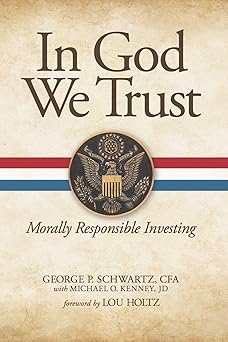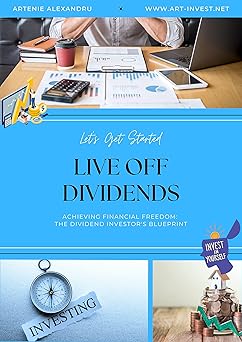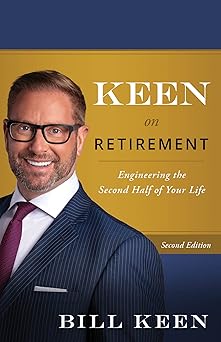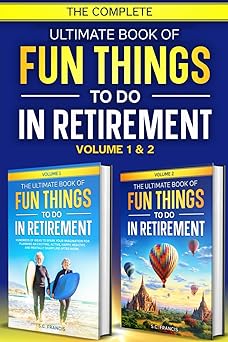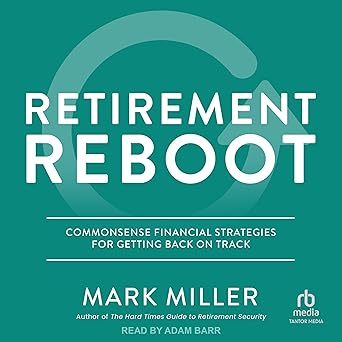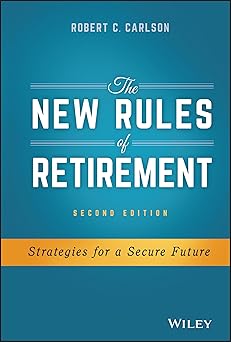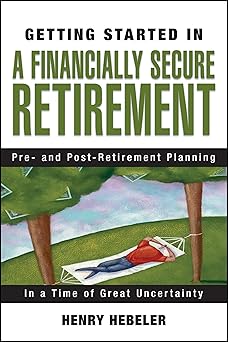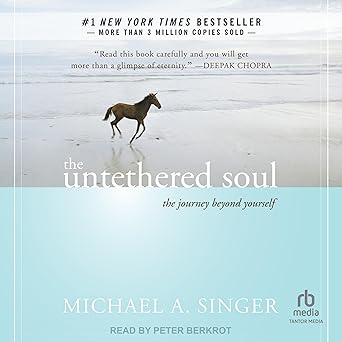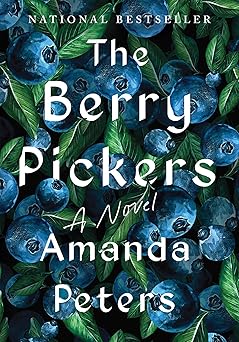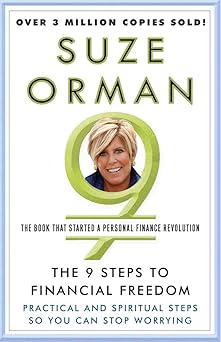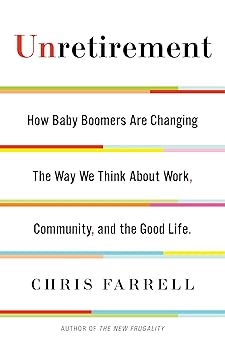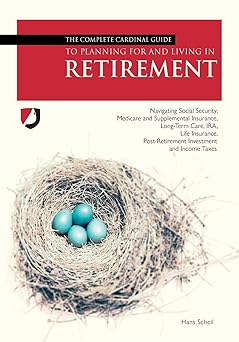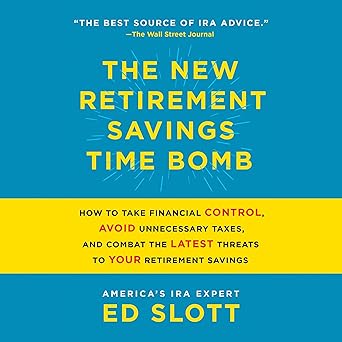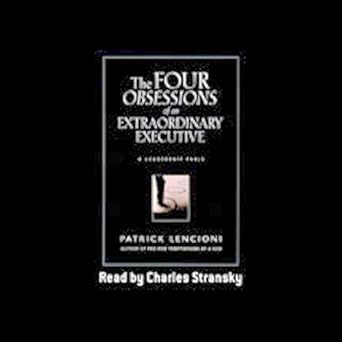
It's easy to get caught up in big ideas and fancy plans when you’re running a company. We often focus on growth, profits, and being the “best.” But sometimes, the most important thing isn't about those things at all. It’s about building a company where people feel connected, where they trust each other, and where everyone is working together toward a common goal. That's what this story explores, and it’s a lesson I’ve learned time and again in my own experiences. I remember once, we were pushing hard to meet a deadline, and the stress really started to affect the team. People stopped communicating, and the quality of our work suffered. It was only when we paused, talked openly about what was happening, and focused on rebuilding those relationships that we were able to get back on track. This book reminds us that a company is made up of people, and if those people aren’t healthy and connected, the company won’t be either. It’s a gentle nudge to look beyond the numbers and truly understand what's happening with the people who make up your organization.
The story follows a CEO named Rich, who runs a technology company. He has a secret list, called the "yellow sheet," that guides his decisions. It’s his way of keeping things on track, and only a few people even know what’s on it. But what Rich doesn't realize is that someone within his company is using his own methods against him, creating a situation that could destroy everything he's worked for. The author does a great job of showing us how important it is for leaders to focus on creating a company that’s not just successful, but also a place where people feel safe, respected, and motivated. The challenge Rich faces is a powerful illustration of how easily things can fall apart when the foundation of trust and connection is weak. It’s a reminder that even the most brilliant plans can crumble if the human element is ignored. I think it's so important to realize that a company’s health isn't just about strategy or innovation; it's about the well-being of the people within it. Seeing Rich struggle with this, and witnessing the potential consequences, really made me think about the importance of prioritizing relationships and creating a supportive environment.
Ultimately, the story provides a simple but profound message: building a healthy organization is the key to lasting success. It’s not about complex strategies or clever tactics; it’s about focusing on the fundamental disciplines that create a strong foundation. It outlines four key areas that leaders can focus on to create an environment where people thrive and work together effectively. It's easy to get caught up in the day-to-day challenges of running a company, and it's easy to overlook the importance of creating a truly healthy organization. This book serves as a powerful reminder that investing in the well-being of your people is the most important investment you can make. It’s a story that stays with you long after you finish reading, prompting you to reflect on your own leadership and the kind of environment you want to create.
Sometimes, when we're trying to build something big, we get so focused on the “big picture” that we forget about the people actually doing the work. We chase numbers, we plan strategies, and we strive to be the best, but we forget that a company isn's just about profits and growth. It's about the people who show up every day, pouring their energy and creativity into making it all happen. I've seen this firsthand, countless times. There was one period when we were pushing for a major deadline. The pressure was immense, and people started to shut down. Communication broke down, mistakes were made, and the overall atmosphere became tense and uncomfortable. It wasn't until we stepped back, acknowledged what was happening, and prioritized rebuilding those relationships that we were able to get back on track. That experience taught me a valuable lesson: a company's success is directly tied to the health and well-being of its people. Without connection, without trust, even the most brilliant plans will fall apart. It's a gentle reminder to look beyond the spreadsheets and truly see the individuals who make up your organization. Are they feeling supported? Do they feel valued? Are they working together, or are they isolated and stressed? These are the questions that truly matter.
The narrative centers around a leader who believes in keeping everything organized and on track with a private system. It’s a way to ensure things run smoothly, but it also creates a sense of distance and secrecy. What he doesn't realize is that his own methods can be turned against him, leading to unforeseen consequences. The author does a wonderful job of showing how crucial it is for those in charge to cultivate a workplace where people feel secure, respected, and driven. The situation Rich finds himself in is a clear illustration of what happens when the foundation of trust and connection isn’t strong. It’s a potent reminder that even the most carefully laid plans can collapse if the human element is neglected. It’s easy to get caught up in the excitement of innovation and the drive for results, but ultimately, a company's strength lies in the strength of its people. Watching Rich grapple with this and seeing the potential fallout really made me think about how important it is to prioritize relationships and create a place where everyone feels supported and empowered.
The core message is simple but deeply important: a thriving organization is the key to enduring success. It's not about complicated plans or clever tricks; it’s about focusing on the fundamental practices that build a strong base. The story highlights four critical areas that leaders can concentrate on to create an environment where people flourish and work well together. We get so wrapped up in the day-to-day challenges of running a business that it's easy to lose sight of the importance of building a genuinely healthy workplace. This book is a powerful reminder that investing in the well-being of your team is the most valuable investment you can make. It's a story that stays with you, encouraging you to consider your own leadership and the kind of atmosphere you want to foster.
Rating: 5.0 / 5.0
It’s easy to get caught up in big plans and goals when leading a group, but this story gently reminds us that people matter most. It’s about more than just profits or being number one; it’s about creating a place where everyone feels safe, respected, and connected. I’m sure many of us have felt that pressure to push harder, to achieve more, and sometimes we forget the human cost. I'm sure we’re not alone in remembering times when stress and deadlines created distance between colleagues. The story shows how easily things can fall apart when trust and open communication break down. It's a comforting reminder to look beyond the numbers and truly understand what's happening with the people who make up a group. The book provides a simple, clear message: focus on the well-being of your team, and success will follow. It’s a worthwhile read for anyone who leads, or simply wants to create a more supportive environment around them.

